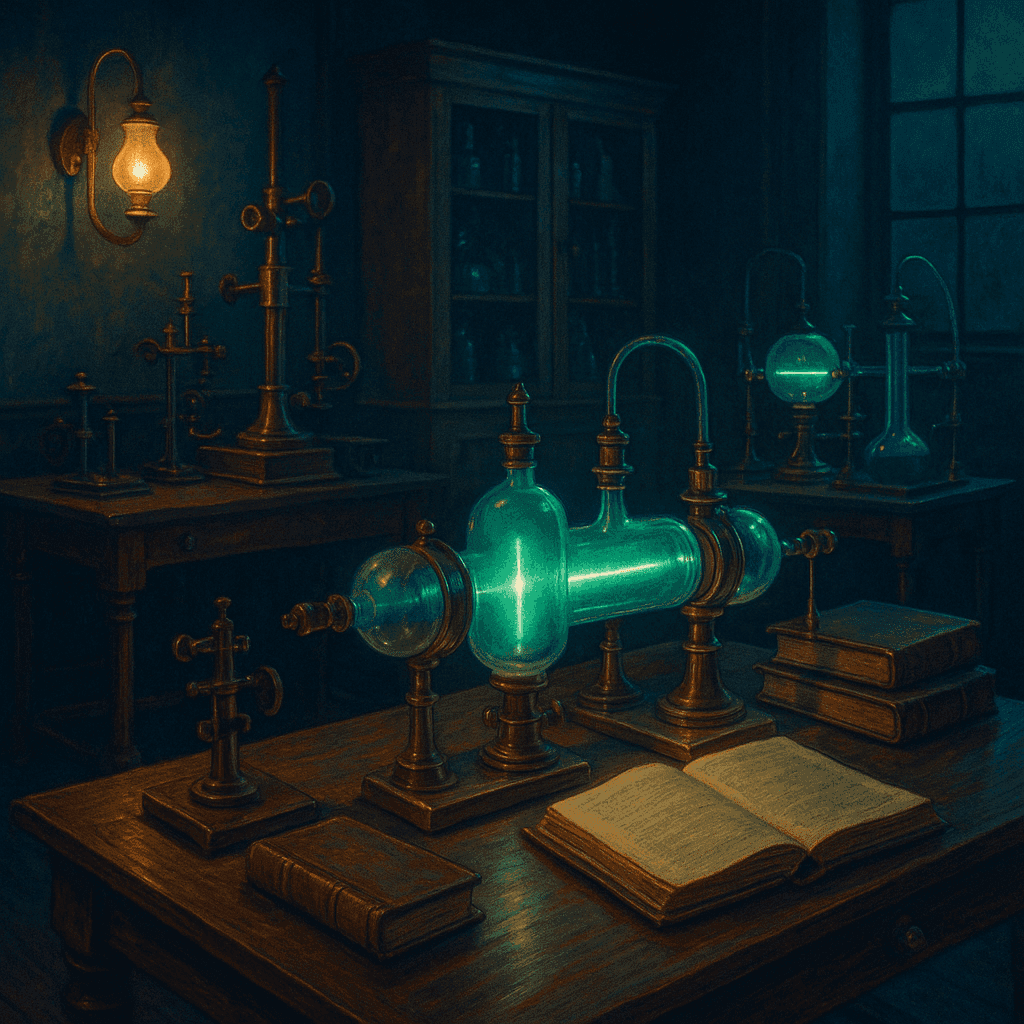 RJ Hamster
RJ Hamster
November 8: A Hidden World, A Narrow Escape, A…
Seeing the Invisible: Wilhelm Röntgen’s Discovery of X-rays
On November 8, 1895, German physicist Wilhelm Conrad Röntgen made a groundbreaking discovery that would revolutionize medicine and science: X-rays. This remarkable achievement not only advanced the field of medical imaging but also paved the way for diagnostic techniques that have saved countless lives. Röntgen’s discovery transformed our understanding of the human body and set the stage for future innovations in healthcare.

A Fortunate Accident in the Laboratory
Wilhelm Röntgen was conducting experiments with cathode ray tubes in his laboratory at the University of Würzburg when he noticed something extraordinary. While testing the effects of electrical discharge through evacuated glass tubes, he observed a faint glow emanating from a nearby fluorescent screen, even though the tube was covered with black cardboard. This mysterious radiation could penetrate materials that blocked ordinary light, casting shadows of objects placed between the tube and the screen.
Röntgen spent the next seven weeks obsessively investigating this unknown form of radiation, which he termed “X-rays” because of their mysterious nature. He discovered that these rays could pass through soft tissue but were blocked by denser materials like bone and metal. The defining moment came when he asked his wife Anna to place her hand between the X-ray source and a photographic plate, producing the first X-ray image of the human body—a haunting picture showing her bones and wedding ring.

Immediate Global Impact
Röntgen announced his discovery on December 28, 1895, and the response was instantaneous and extraordinary. Within weeks, his findings had spread across the scientific world, with researchers and physicians everywhere attempting to replicate his experiments. By early 1896, X-ray images were being produced in laboratories across Europe and America, and doctors quickly recognized the revolutionary potential for medical diagnosis.
The technology’s ability to reveal broken bones, locate bullets and foreign objects, and diagnose internal conditions without surgery represented an unprecedented leap forward in medical care. Within months of Röntgen’s announcement, X-rays were being used in hospitals to guide surgeries and treat patients. The speed of adoption was remarkable for an era without modern communication technology, demonstrating the profound need for such diagnostic capabilities.
A Legacy That Transformed Medicine

Röntgen’s discovery earned him the first Nobel Prize in Physics in 1901, recognizing the immense importance of his work. True to his generous nature, he refused to patent the X-ray process, believing that scientific discoveries should benefit all humanity. His decision allowed the technology to spread rapidly and develop without restriction, accelerating medical progress worldwide.
The principles Röntgen uncovered laid the foundation for an entire field of diagnostic imaging that continues to evolve today. From computed tomography (CT) scans to fluoroscopy and radiation therapy for cancer treatment, modern medicine remains deeply indebted to that November evening in 1895. X-ray technology has saved millions of lives and fundamentally changed how physicians understand and treat disease, making Röntgen’s accidental discovery one of the most consequential moments in medical history.